To be accurate this is bending the rules somewhat for ‘5 Frames With’ as although there are only 5 frames also involved are:
2 Kodak Autographic № 3 cameras
3 photographers
2 different films
and one and a bit locations.
It also took 99 years to complete.
Amongst the many large rollfilm negatives from my grandfather are some, that by size and type, can only have been made with a Kodak Autographic № 3 camera. I think I can identify 4 or 5 different cameras from his negatives of the 1920’s and early 30’s based on lens quality (the Kodak is by far the worst) and clues such as the shape of the exposed area and type of film used, but this is the only one I can identify to make and model. (For an explanation of how the Autographic cameras work see this article by Lori Brooks)
These cameras are quite different from what I am familiar with and wondering what it was like to use one I started looking for a similar camera to play around with. Eventually I found a model ‘G’ that fitted my criteria; cheap, complete, and tidy. I wasn’t expecting to be able to actually use it to take photographs, but I did want a stylus with it and for it to be clean and in one piece. When it arrived I was surprised to find light-tight bellows and a shutter that works (to a degree). I was also surprised to find that 118 to 120 film adaptors are available. So why not?
Grandpa may have had his Autographic № 3 for barely a year, the earliest negatives I have are from May 1924, the last in the Lake District dated Easter 1925. Some negatives from a little later look to be from a similar camera but without writing, so although he may have changed the camera he could also have stopped using Autographic film, or perhaps just lost the stylus.
The Easter 1925 photos were taken on a 6-day walking trip taken by my grandfather Maurice, my great-grandfather Clarence, and a friend called Clifford through the English Lake District on Thursday to Tuesday over the Easter weekend, Easter Sunday being the 12th April in that year. These 3 negatives are the only ones to have survived, if indeed there were ever any more. Because Maurice and Clarence were traveling together the details of their journey were recorded in Clarence’s journal, enabling me to find their itinerary and the dates of the photos, though unusually Clarence doesn’t mention photography at all.
Earlier this year we were able to visit the locations of the photos 99 years on almost to the day, and I took my Kodak Autographic № 3 with me loaded with Ilford Ortho+ in the hope of taking similar images in much the same way as a century before and perhaps learning something about photography of the time. Maybe it would have been nice to do it on a date exactly 100 years after, but better to take the opportunity as it presented.
On Saturday 11th April 1925 they walked from Glenridding over Helvellyn via Striding Edge, descended to Thirlmere and then walked over the fells to Watendlath. On the way up from Thirlmere they stopped while Clarence took the first photo looking back to Thirlmere and Helvellyn where they had come from.
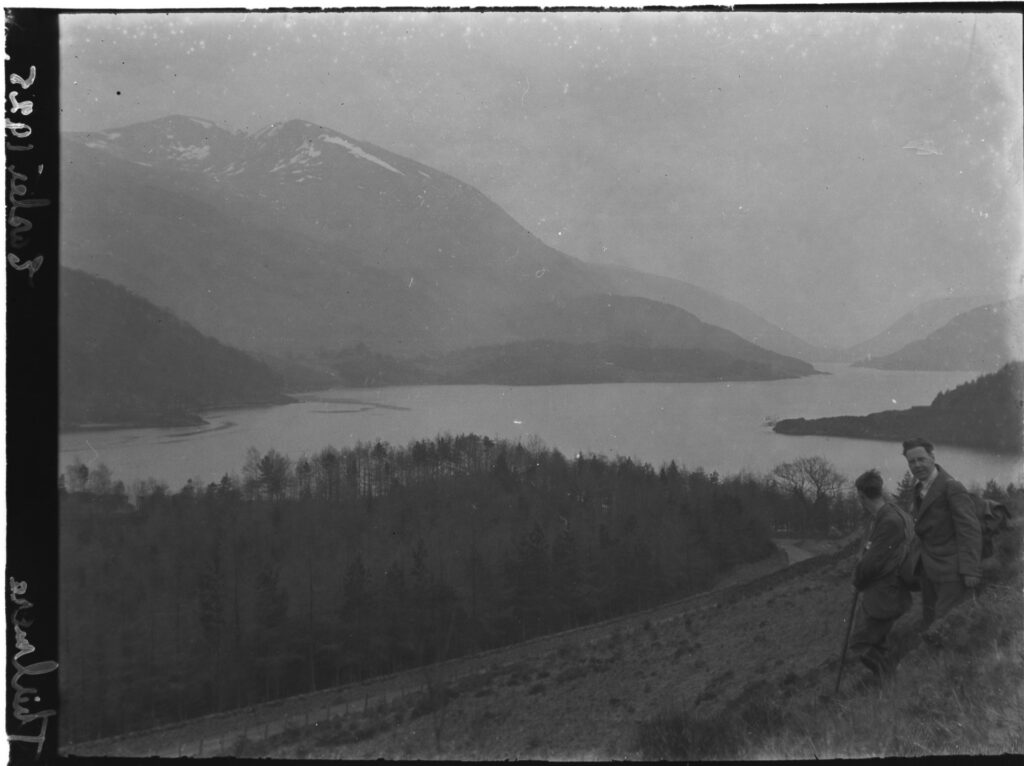
In 1925 they had rain and drizzle almost all the time except for Easter Sunday 12th April. They stayed 2 nights at Richardson’s Farm at Watendlath (7/6 each a night), on Sunday walking Great Gable and back in the day. Grandpa may have taken the first photo on the morning before they set out, the second must have been taken in the evening after they returned as the shadows show the sun was in the West. That evening Clarence wrote in his journal:
“Today has been one of the finest I have experienced in the Lake District. On Gable it was really hot, no wind and clear sky. A day to be remembered in every way. Good dinner at night.”
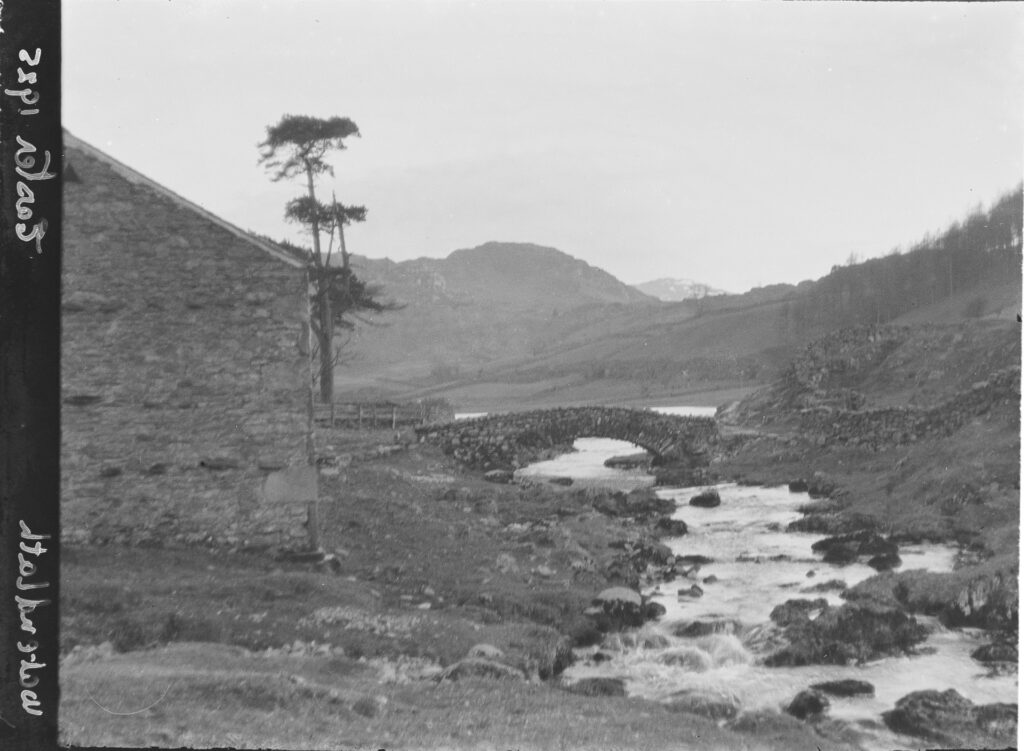
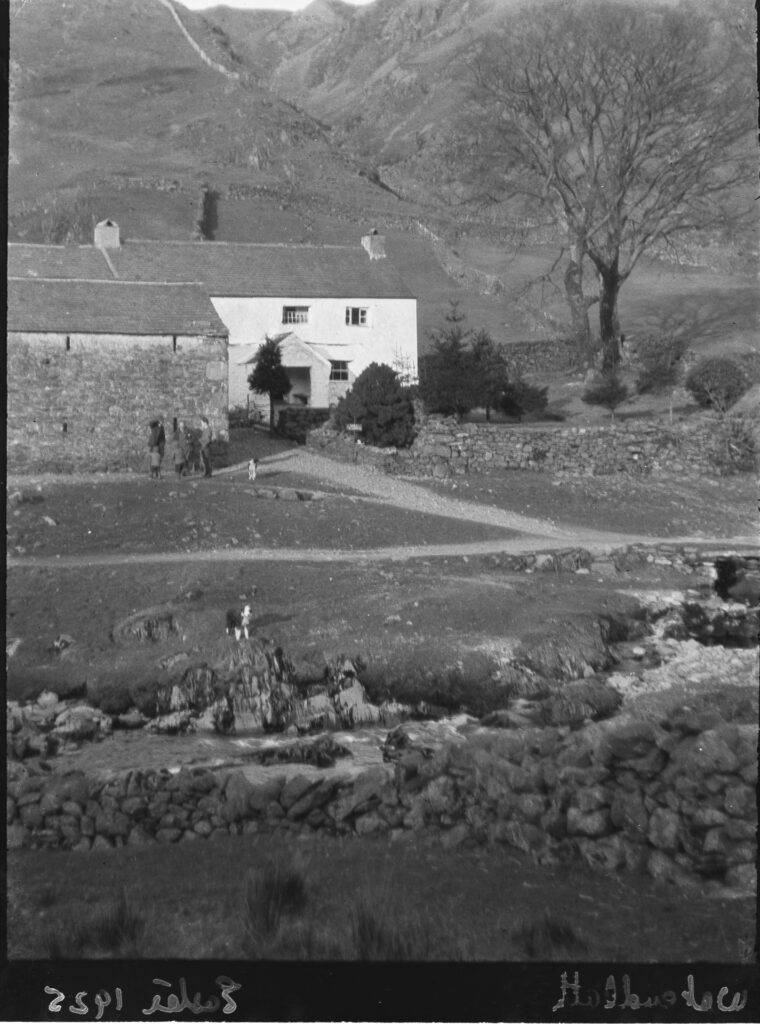
We had no such luck with the weather, I took these photos in a break between hail showers, the first repeating as close as I could Grandpa’s image of the farmhouse, then looking towards the tarn from the same spot. Reaching the end of the roll (a maximum of 7 frames if I get the winding correct, the red window is off the side of 120 film) we rapidly made our way to the cafe and it’s log fire. I didn’t reload the Kodak but later warmed and refreshed by coffee and teacake did take my Canon digital to below the farmhouse to re-take the first of Grandpa’s images.
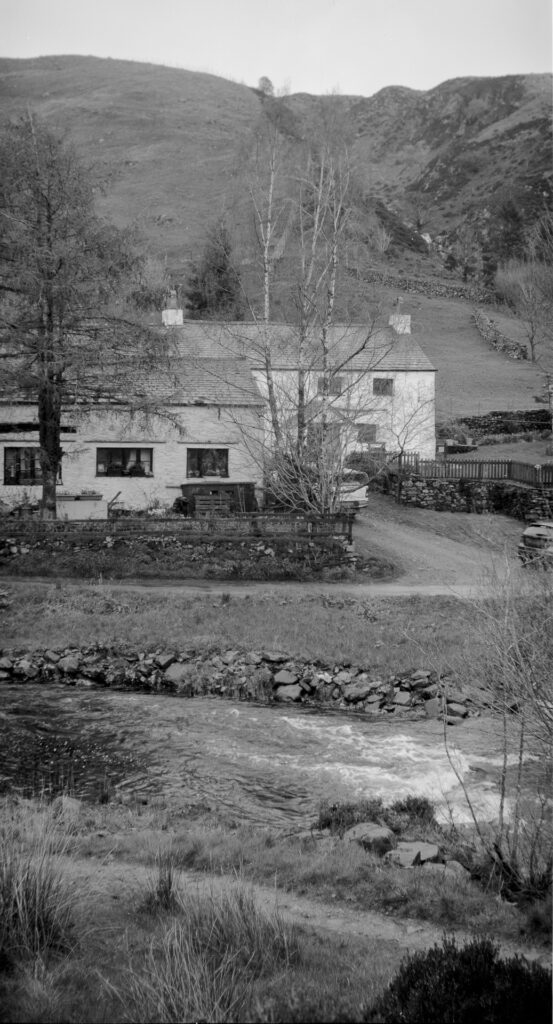
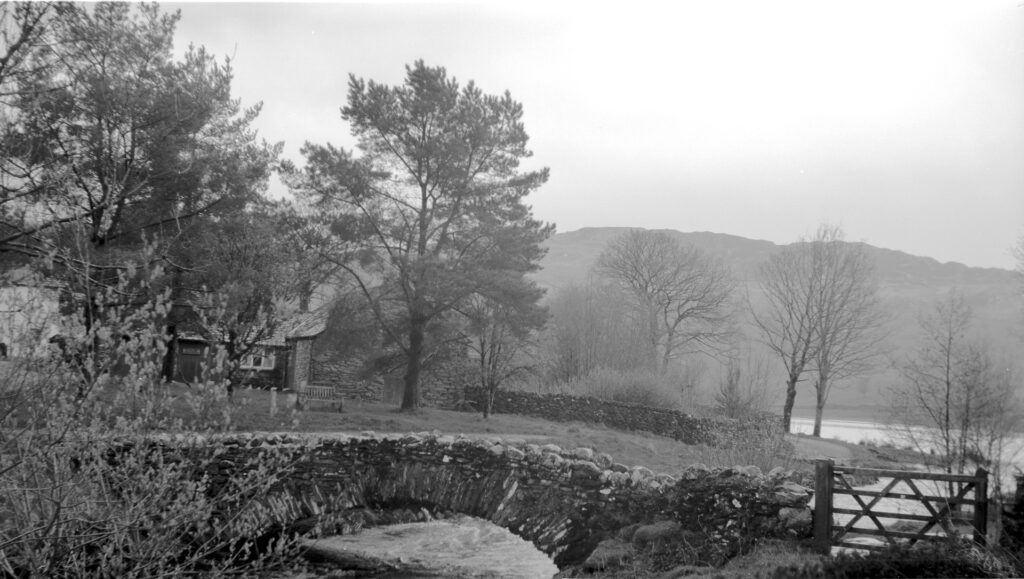
Using 120 film in this camera does result in cropped images, almost panoramic with a scannable area of roughly 10 x 5.5cm (118 Autographic rollfilm gave an image area of 10 x 7.5cm). It has to be said that even for the time the Bausch & Lomb lens on the Kodak Autographic № 3 is terrible, just about sharp in the centre, a distorted blur well before the edges even when stopped down. The camera is quite straightforward to use though if you ignore the image cropping which is hard to estimate, and the general viewfinder inaccuracy, and that winding on has to be done largely by guesswork, and that I have no idea what the shutter speeds really are, and that it does help to have a Universal System to f-stop convertor chart with me, otherwise I tend to forget and set as if the aperture markings are f-numbers. But without using one I wouldn’t know any of this.
While I find the Autographic № 3 interesting to use it is a bulky, though not terribly heavy camera, even when folded. Easier to carry and lighter than a plate camera definitely, but smaller cameras were available. The main, perhaps only, advantage I can see is the ability to produce prints of a reasonable size without an enlarger. Ten years later Grandpa was almost exclusively using his Leica, but by then he was working in a institution with an active photographic group and access to a darkroom.
The itinerary of their walk is on my website together with some more images. You could do the same journey today and find that not that much has changed in a century. Some of the places where they stayed still take in guests and the Richardsons still farm at Watendlath (thanks to Greg Hilton for that information). Like them you too would be unable to find a room at the Dun Bull Inn, but nor would you find alternative lodgings at Riggindale Farm as they did. Not because they are fully booked but because both places along with the whole of the village of Mardale Green are now under the waters of Haweswater Reservoir.
Share this post:
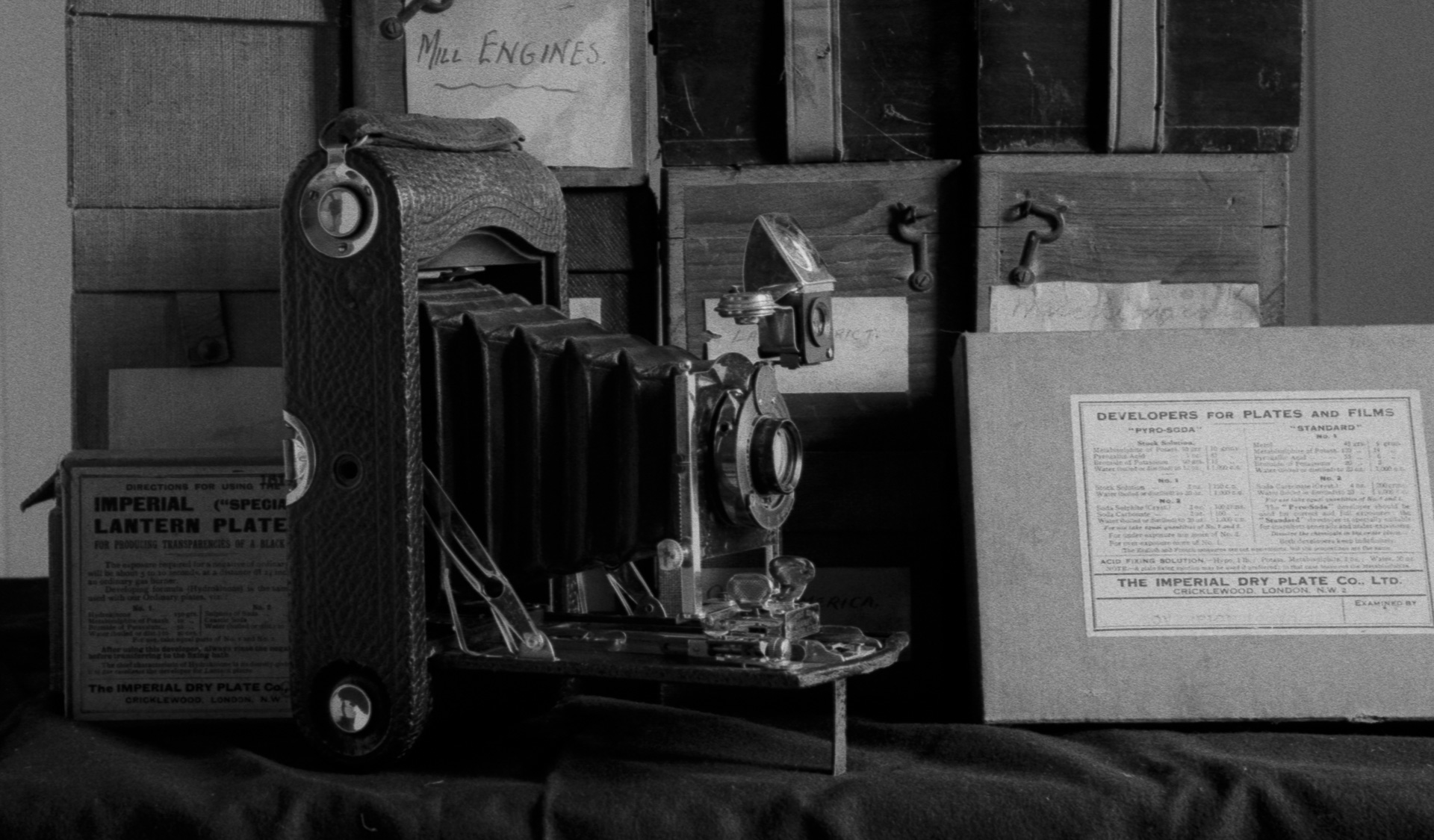
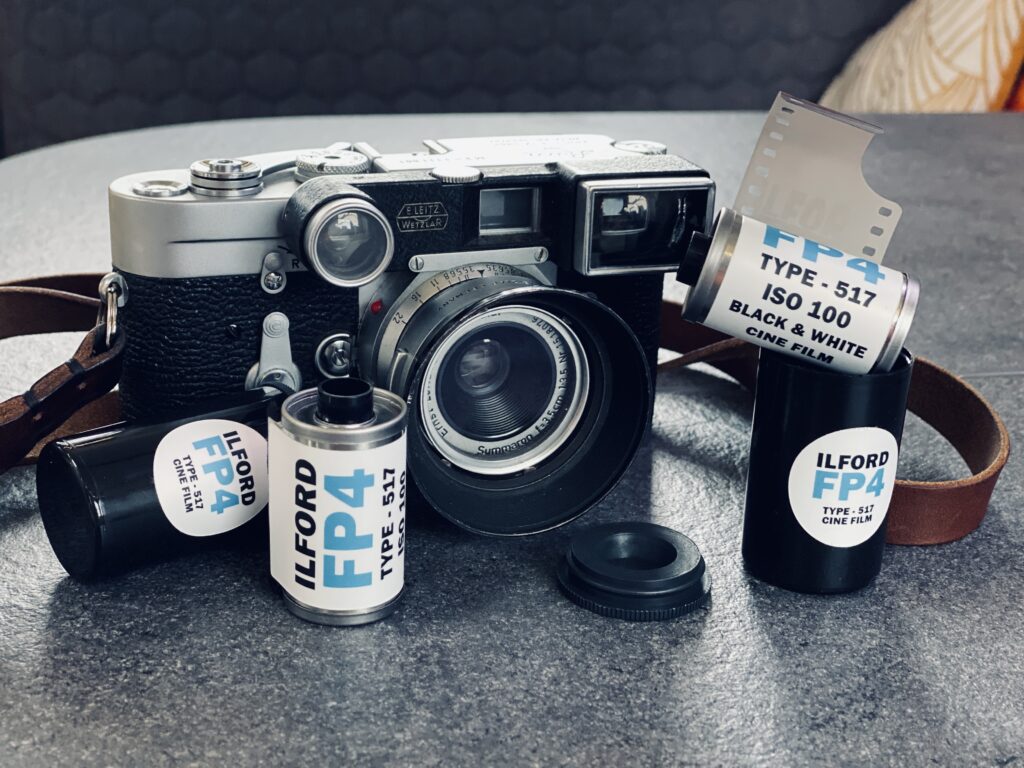
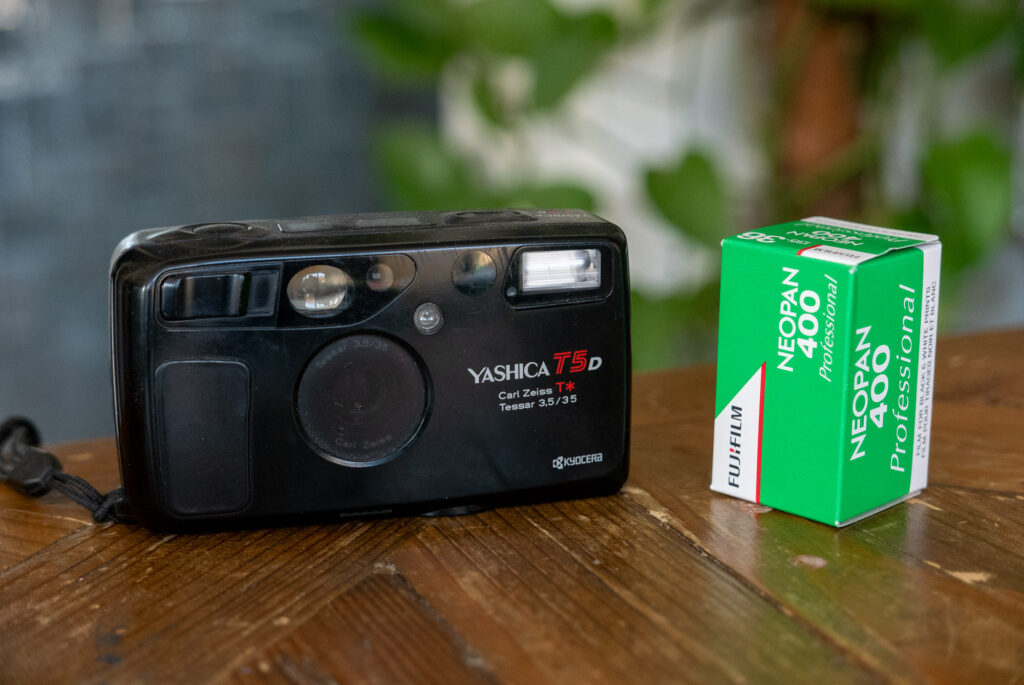
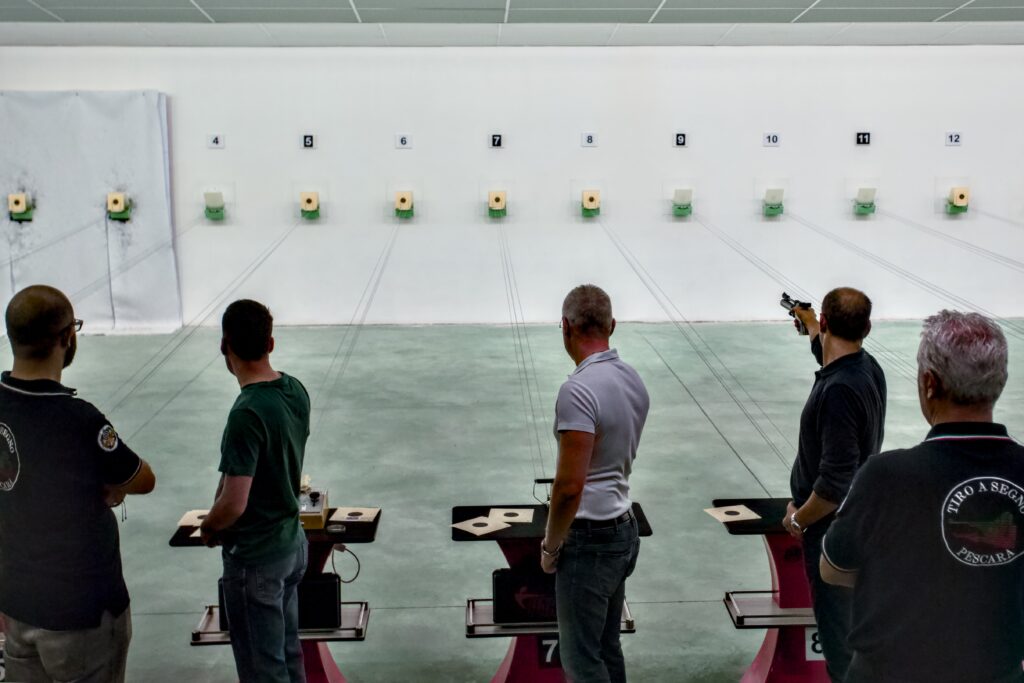
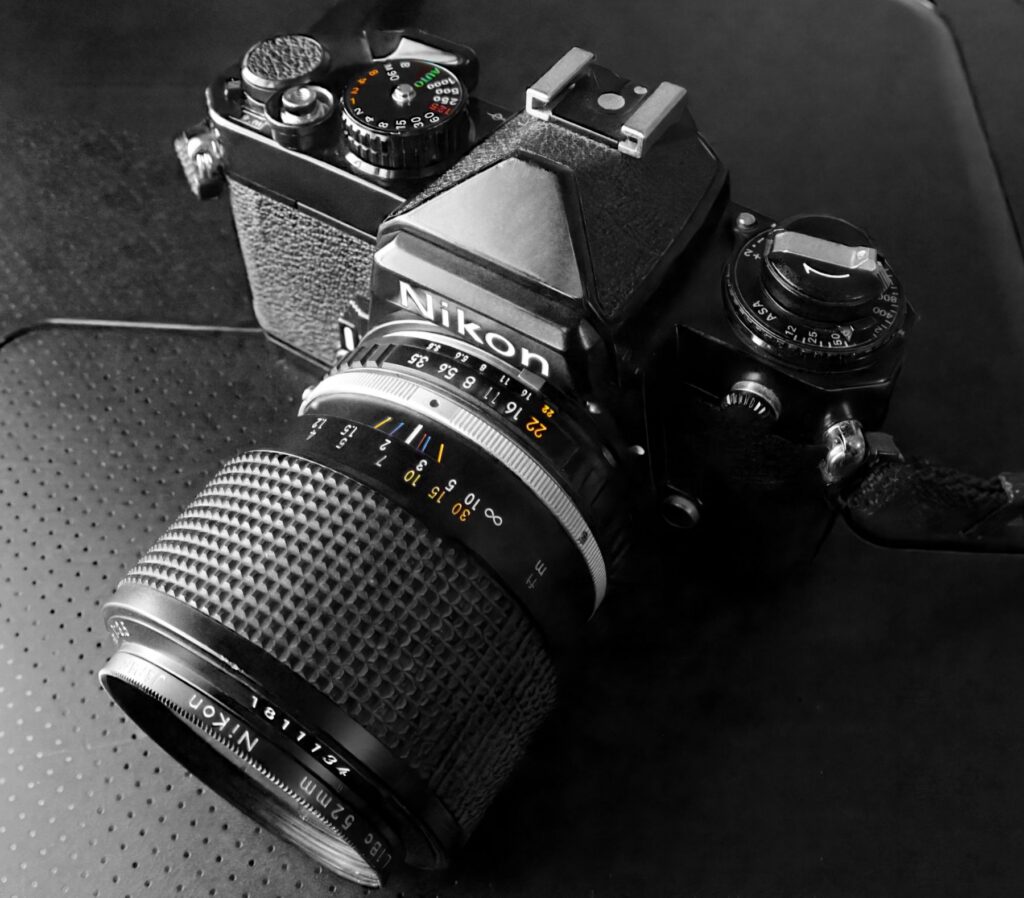




Comments
Andrew on 5 Frames with ‘a’ Kodak Autographic № 3.
Comment posted: 17/07/2024
Similarly, I tried out my wife’s fancy 20Mp Panasonic with a supposed “Leica” lens, and it didn’t resolve any better than a 12 Mp Olympus.
Makes me wonder what, if any, is the connection between the supposed manufacturer of the lens, and the glass that is actually in the camera. I suspect the link is little more than a name used under license. Perhaps a technician from the optical company has a quick look at the design over a beer, but it can’t be more than that!
Caveat emptor! Don’t assume that just because the lens has a fancy name on it, it’s automatically something special.
Comment posted: 17/07/2024
davesurrey on 5 Frames with ‘a’ Kodak Autographic № 3.
Comment posted: 21/07/2024
I have a No.3A Folding “Pocket” Kodak (model B4,) to give it its correct name, which I believe is quite similar to yours although it doesn’t have the autographic capability, takes 122 film and is a bit earlier 1908-09.
I’ve purchased some 122 to 120 adapters so it’s ready to go and your article has spurred me on.
Thanks.
Comment posted: 21/07/2024